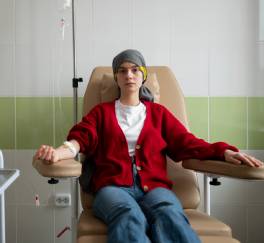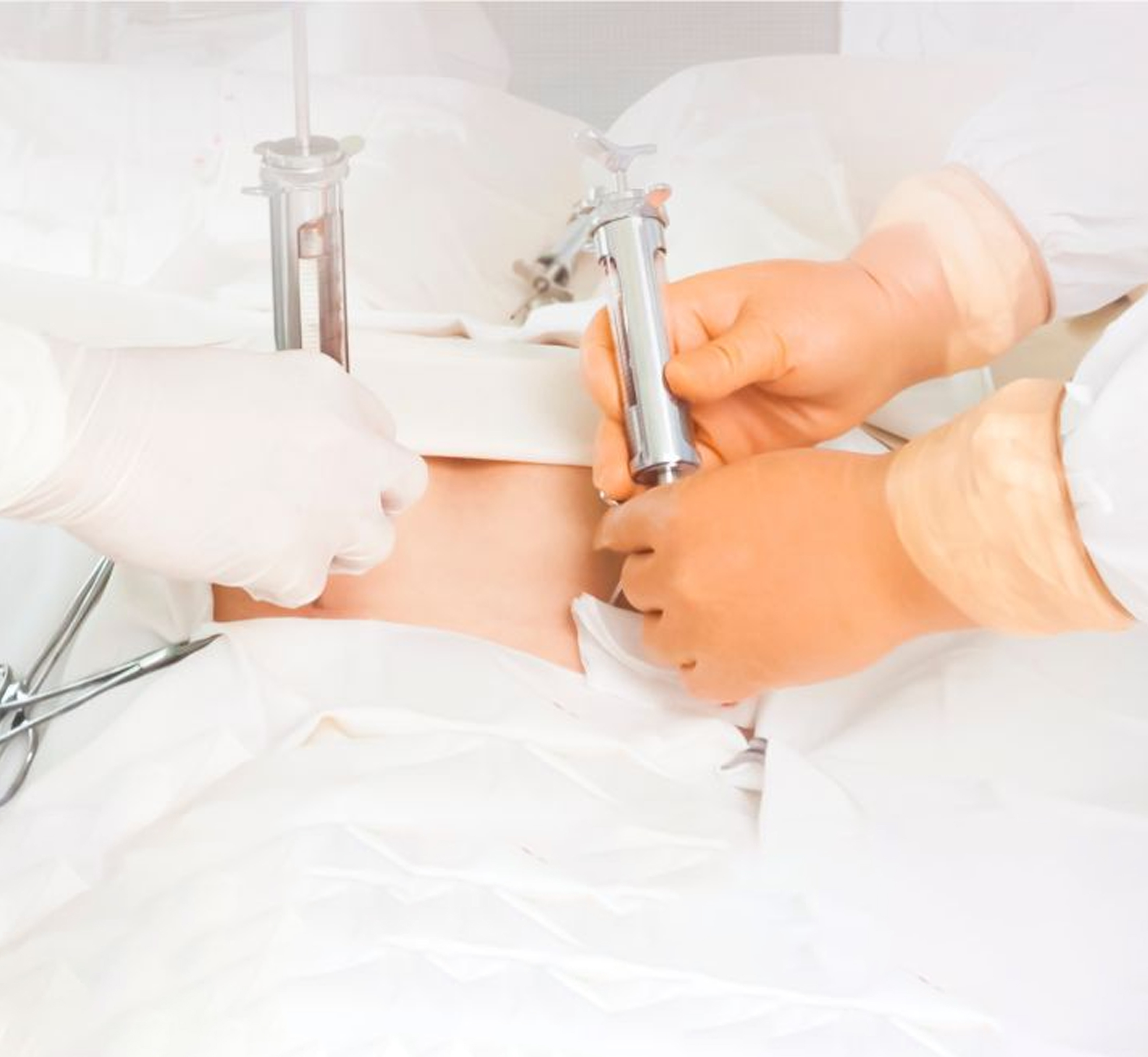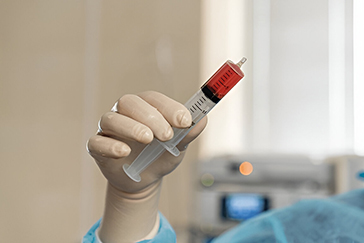 Book Appt.
Book Appt.
 Call Now
Call Now


High-dose chemotherapy (HDC) combined with stem cell rescue, also known as autologous stem cell transplantation, is an advanced treatment for cancers such as lymphomas, multiple myeloma, and germ cell tumors. This method enables the use of powerful chemotherapy to kill cancer cells while limiting bone marrow damage by refilling it with previously obtained stem cells.
Chemotherapy is a critical component of cancer treatment that kills quickly dividing cancer cells. However, traditional chemotherapy has limitations since it damages healthy cells, particularly the bone marrow. High-dose chemotherapy is a more aggressive approach that employs higher doses of cytotoxic medicines to enhance cancer cell eradication. The main problem of high-dose chemotherapy is that it significantly reduces bone marrow function, which can lead to potentially lethal side effects such as:
To address these concerns, stem cell rescue restores damaged bone marrow and promotes healing.
Stem cell rescue process
Stem cell rescue is the process of extracting healthy stem cells from a patient before administering high-dose chemotherapy. The important steps are:
Treatment
HDC with stem cell rescue is primarily intended for:
Benefits
The primary benefit of HDC for stem cell rescue is its ability to:
Risks and Side Effects
High-dose chemotherapy combined with stem cell rescue has serious hazards despite its possible advantages, including:
Recovery process
Recovery from high-dose chemotherapy with stem cell rescue is gradual and varies between patients. The critical period post-infusion includes:
Advances in Stem Cell Transplantation
Research is always developing to improve outcomes while minimizing negative effects. Some recent advances include:
Preparing for High-Dose Chemotherapy and Stem Cell Rescue
Patients undergoing this treatment should prepare both physically and emotionally. Important preparatory actions consist of:
Conclusion
High-dose chemotherapy in conjunction with stem cell rescue is a powerful treatment option for people with particular cancer types. This is a complex treatment that requires careful assessment of risks and benefits, even though it offers hope for remission and long-term survival. Recent evidence suggests that this method improves patient outcomes and quality of life after treatment.If you are considering high-dose chemotherapy with stem cell rescue, you or a loved one should consult with your oncology team to learn more about the specific treatment plan, expected outcomes, and potential problems. Visit Gurugram's SHALBY Sanar International Hospitals for more details.
SHALBY Sanar International Hospitals provides extensive medical procedures backed up with our state-of-the-art technology and a team of highly qualified & experienced clinical experts.
Our doctors pen down their research findings and experiences from time to time. Their words provide deep insight into the latest techniques, technologies and other advancements in healthcare. It provides expert answers to all kinds of health questions for real-life issues.
VIEW ALL



.jpg)
Since the day of its foundation, SHALBY Sanar International Hospitals is committed to provide comprehensive healthcare services. It regularly organizes awareness programs in its premises and encourages outdoor healthcare activities and camps with an intent to put focus on preventive healthcare.
VIEW ALL